Transform your local tourism business by forging powerful ecosystem partnerships that create lasting environmental and economic impact. Successful sustainable tourism practices thrive on collaboration – from indigenous communities sharing cultural knowledge to local farmers supplying farm-to-table experiences.
In Ontario’s thriving ecotourism sector, the most impactful partnerships emerge when tour operators, conservation groups, and community organizations align their missions while maintaining individual strengths. The Bruce Peninsula Biosphere Association demonstrates this perfectly, connecting hikers with local guides, supporting wildlife research, and driving economic growth through authentic experiences.
Think beyond traditional business relationships. True ecosystem partnerships in tourism create circular value – where every stakeholder both contributes to and benefits from the network. When a kayak operator partners with environmental researchers to monitor water quality, or a hiking company collaborates with indigenous elders to share traditional knowledge, the entire community prospers.
By embracing this interconnected approach, Ontario’s tourism operators aren’t just creating memorable experiences – they’re building resilient communities and preserving natural treasures for generations to come.
Building Strong Foundations: Key Players in Ontario’s Eco-Tourism Network
Indigenous Communities and Traditional Knowledge
Ontario’s Indigenous communities have been stewards of the land for thousands of years, bringing invaluable traditional ecological knowledge to modern ecosystem partnerships. Many First Nations communities are leading the way in sustainable tourism development, sharing their deep understanding of local ecosystems while preserving their cultural heritage.
Take the Manitoulin Island experience, where local Indigenous guides offer interpretive walks teaching visitors about medicinal plants and sustainable harvesting practices. These programs not only provide authentic cultural experiences but also help protect sensitive ecosystems through traditional conservation methods.
In Northern Ontario, several Indigenous-led tourism initiatives demonstrate how traditional knowledge can enhance visitor experiences while protecting natural resources. The Great Spirit Circle Trail, for instance, combines eco-friendly adventure activities with traditional teachings about respecting and preserving the land.
These partnerships create meaningful employment opportunities within Indigenous communities while ensuring that tourism development aligns with traditional values and environmental stewardship. Visitors gain a deeper appreciation for Indigenous perspectives on conservation, often describing these experiences as transformative moments that change how they view their relationship with nature.
Through these collaborative efforts, traditional knowledge continues to shape Ontario’s approach to sustainable tourism, proving that ancient wisdom and modern conservation practices can work hand in hand.
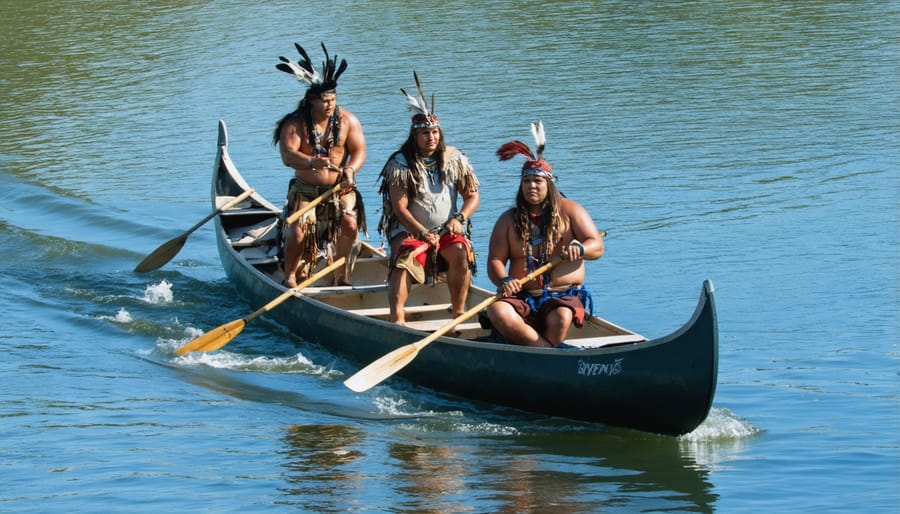
Local Business Integration
Local businesses are the lifeblood of Ontario’s tourism ecosystem partnerships, bringing authenticity and personal touches to visitor experiences. From family-run maple syrup farms to indigenous craft workshops, these small operators create meaningful connections between travelers and local communities.
Take Pete’s Wilderness Lodge, for instance, which partners with local guides to offer authentic wildlife viewing experiences while providing sustainable accommodation options. Local restaurants showcase regional ingredients through farm-to-table partnerships, while artisan shops collaborate with nearby producers to offer unique souvenirs that tell the story of Ontario’s rich heritage.
These small businesses also serve as environmental stewards, often implementing innovative eco-friendly practices that larger organizations can learn from. Many participate in local conservation initiatives, organize community clean-up events, and educate visitors about responsible tourism practices.
The success of these partnerships relies on mutual support and shared values. When local businesses work together, they create a network that not only enhances the visitor experience but also strengthens the community’s economic resilience while preserving its natural and cultural heritage.
Success in Action: Ontario’s Thriving Eco-Tourism Partnerships
The Frontenac Arch Biosphere Network
Nestled in the heart of Ontario, the Frontenac Arch Biosphere Network stands as a shining example of how diverse stakeholders can work together to protect and promote natural heritage while supporting local communities. This UNESCO-designated region connects the Canadian Shield to the Adirondack Mountains, creating a unique corridor of biodiversity and cultural significance.
What makes this partnership particularly special is its inclusive approach. Local farmers, indigenous communities, tourism operators, conservation groups, and municipal governments all have a seat at the table. Together, they’ve developed innovative programs that benefit both the ecosystem and the local economy.
For instance, the “Taste of the Region” initiative connects local food producers with restaurants and markets, promoting sustainable agriculture while giving visitors authentic farm-to-table experiences. Meanwhile, the “Heritage Trail Network” project brings together private landowners, hiking clubs, and conservation authorities to maintain and expand recreational trails while protecting sensitive habitats.
The network’s success lies in its collaborative decision-making process. Regular community forums allow stakeholders to voice concerns and share ideas, while a rotating leadership structure ensures fresh perspectives guide the organization. Local businesses benefit from eco-certification programs that help them attract environmentally conscious visitors, while conservation efforts receive support through tourism revenue.
Perhaps most importantly, the network has created a model where economic growth and environmental protection work hand in hand. Visitor numbers have increased steadily over the past decade, while monitoring shows improved wildlife corridor connectivity and water quality. This balance proves that when diverse partners work together with shared goals, both nature and communities can thrive.

Blue Mountain Sustainable Tourism Initiative
The Blue Mountain Sustainable Tourism Initiative stands as a shining example of how resort communities can work together to protect natural resources while boosting local economies. Launched in 2018, this partnership between Blue Mountain Resort, local businesses, and the Town of The Blue Mountains has transformed how tourism operates in the region.
At the heart of the initiative is a collaborative approach to managing visitor impact. The resort worked closely with local environmental groups to develop trail systems that protect sensitive ecosystems while providing amazing hiking and biking experiences. Local businesses joined in by adopting eco-friendly practices, from restaurants sourcing local ingredients to hotels implementing water conservation programs.
What makes this partnership particularly successful is its community-first approach. Rather than implementing top-down policies, the initiative created a steering committee that includes local residents, business owners, and environmental experts. This inclusive approach has led to innovative solutions, like the popular “Green Guide” program, where local naturalists lead educational tours that combine adventure with environmental awareness.
The results speak for themselves. Since the initiative’s launch, the area has seen a 30% reduction in trail erosion, increased wildlife sightings, and a 25% growth in sustainable tourism businesses. Local families benefit from new job opportunities in eco-tourism, while visitors enjoy enhanced experiences that connect them with nature.
Here’s an insider tip: visit during shoulder seasons (spring and fall) to see the initiative in action when local guides offer special programs focusing on seasonal ecological changes. You’ll get a more intimate experience while helping to reduce peak-season pressure on the environment.
Creating Lasting Benefits for All
Environmental Conservation Wins
In Ontario, ecosystem partnerships have yielded remarkable success stories that showcase the power of collaboration in protecting our natural heritage. When local communities, Indigenous groups, and conservation organizations join forces, the results are truly inspiring. Take the Bruce Peninsula, where a partnership between Parks Canada and local naturalist groups has led to the successful rehabilitation of rare orchid species while creating sustainable viewing opportunities for visitors.
These partnerships have revolutionized how we approach carbon-neutral tourism initiatives, with many regions now offering eco-friendly accommodations and guided experiences that actually benefit local ecosystems. The Algonquin to Adirondacks Collaborative, for instance, has created wildlife corridors that protect migration routes while offering unique wildlife viewing opportunities for tourists.
What makes these partnerships particularly effective is their focus on environmental stewardship through education and community involvement. Local schools participate in tree-planting programs, citizen scientists help monitor species populations, and traditional Indigenous knowledge informs conservation strategies. These collaborative efforts have resulted in the protection of over 100,000 hectares of critical habitat across Ontario in the past decade alone.
The success of these initiatives proves that when we work together, we can create experiences that satisfy both tourism demands and conservation needs, ensuring our natural treasures will be enjoyed by generations to come.
Community Economic Growth
When local communities and tourism operators work together, the economic benefits ripple throughout the region like waves on a northern lake. In Ontario, ecosystem partnerships have become powerful engines of local prosperity, creating jobs and generating sustainable income streams for residents.
Take the thriving partnership between the Algonquin community and local tour operators in the Muskoka region. Local guides share their traditional knowledge with visitors, earning income while preserving their cultural heritage. Meanwhile, community-owned lodges and craft shops provide authentic experiences that tourists love, keeping tourism dollars within the community.
These partnerships also spark entrepreneurial opportunities. Local residents have started businesses ranging from equipment rentals to authentic food experiences, catering to the growing eco-tourism market. In many cases, these ventures receive support through community development programs and mentorship from established tourism operators.
The financial benefits extend beyond direct tourism revenue. When communities invest in preserving their natural and cultural heritage, property values often increase, and new businesses are attracted to the area. For instance, the successful ecosystem partnerships in the Bruce Peninsula region have led to year-round economic stability, reducing the seasonal nature of tourism employment.
Most importantly, these economic gains help fund local conservation efforts and community programs, creating a sustainable cycle of growth and preservation. It’s a win-win situation where protecting the environment goes hand-in-hand with community prosperity.
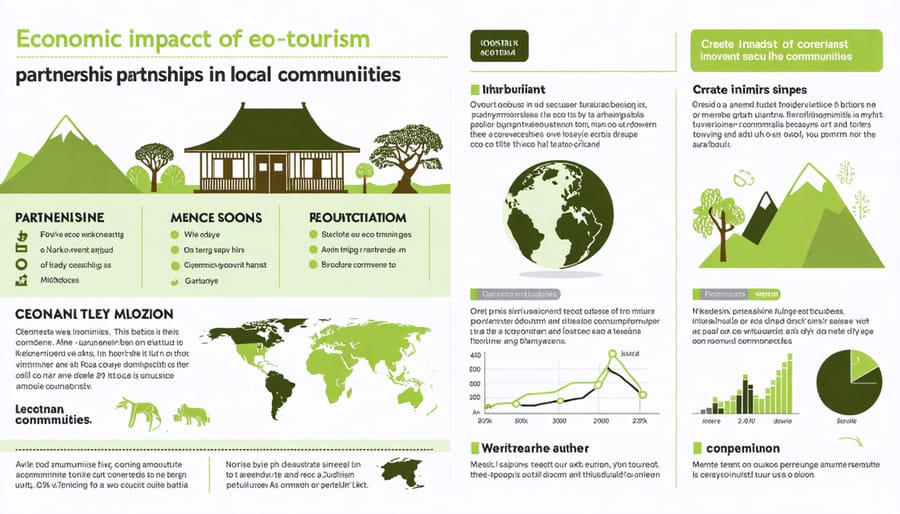
As we look to the future of eco-tourism partnerships in Ontario, the path ahead is bright with possibility. The success stories we’ve explored demonstrate how collaboration between Indigenous communities, local businesses, conservation groups, and government agencies creates sustainable tourism experiences that benefit both nature and people. These partnerships have shown us that when we work together, we can protect our precious ecosystems while creating meaningful experiences for visitors.
The growing demand for authentic, sustainable travel experiences suggests that ecosystem partnerships will continue to evolve and strengthen. From the northern wilderness to the Great Lakes shores, Ontario’s natural wonders are being preserved and shared through thoughtful collaboration. As more communities embrace this model, we can expect to see innovative programs that combine traditional knowledge with modern conservation practices.
Remember, whether you’re a traveler or a local business owner, you can be part of this positive change. By supporting eco-tourism initiatives and choosing partners who prioritize environmental stewardship, you’re helping to ensure Ontario’s natural heritage thrives for generations to come.

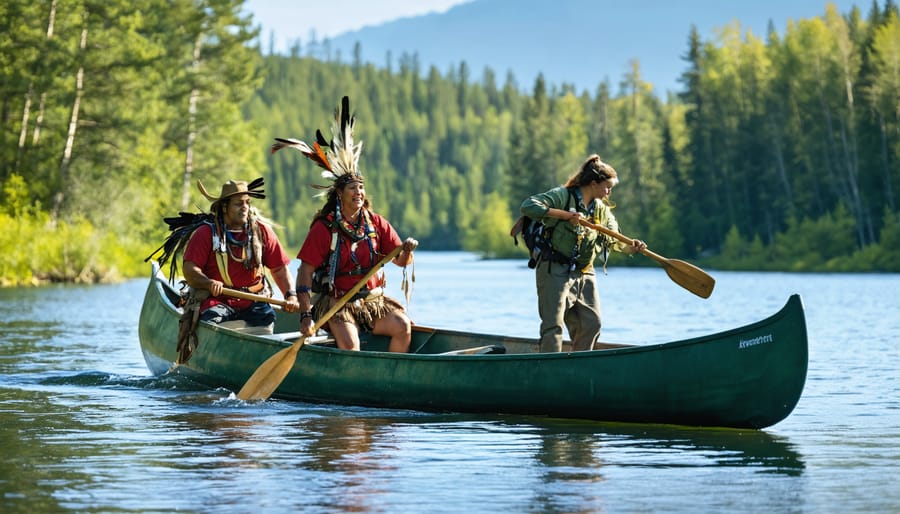




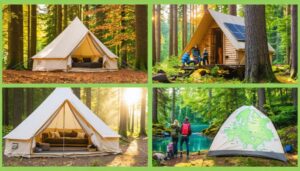
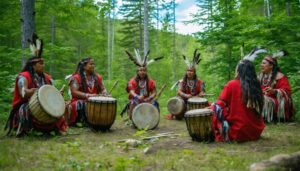

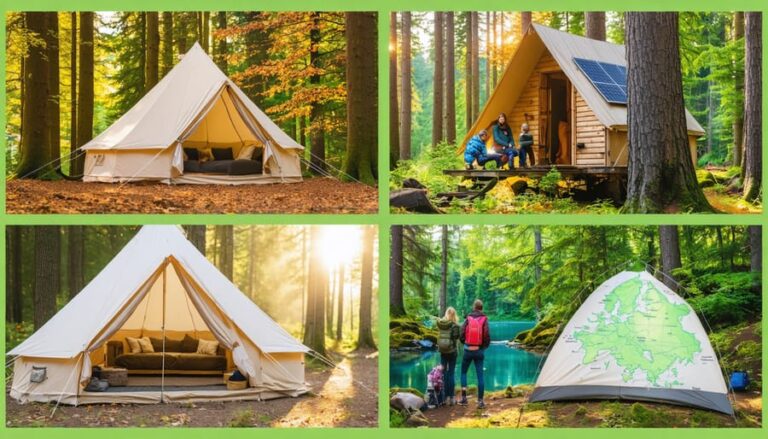
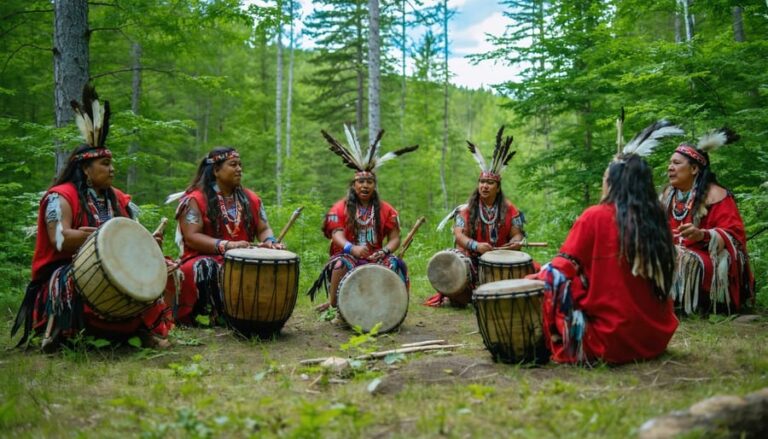



+ There are no comments
Add yours